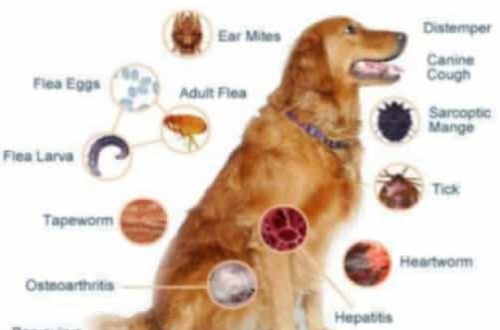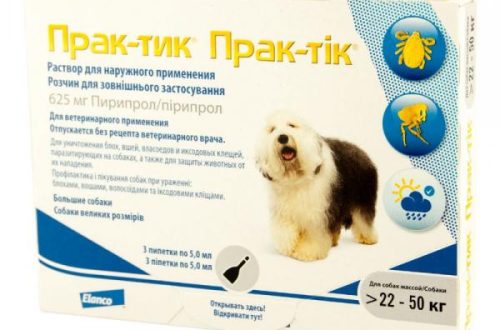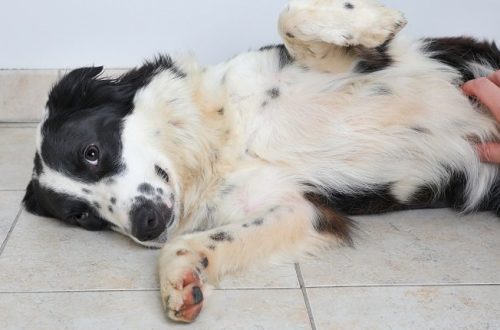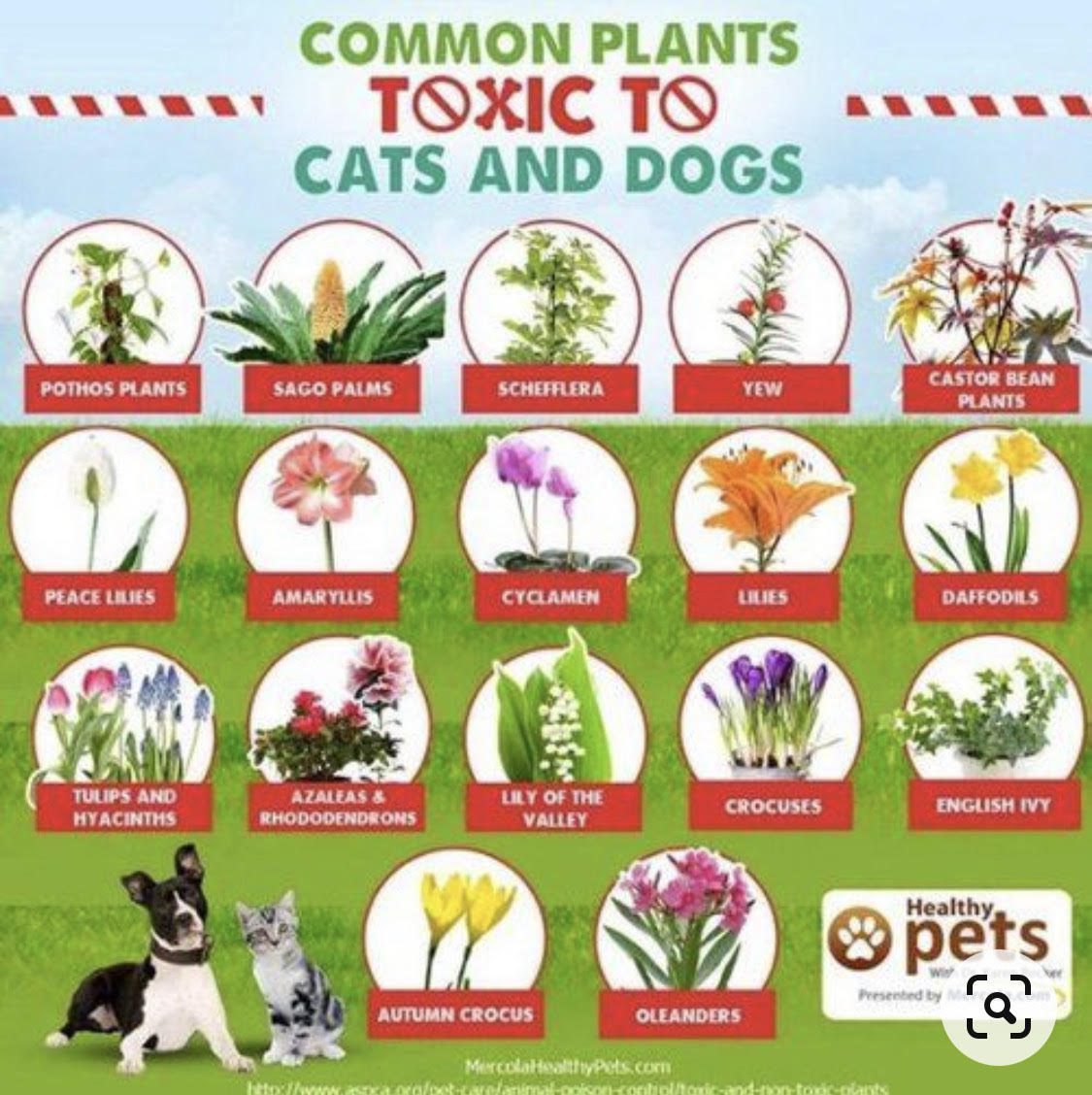
Toxic Plants for Dogs
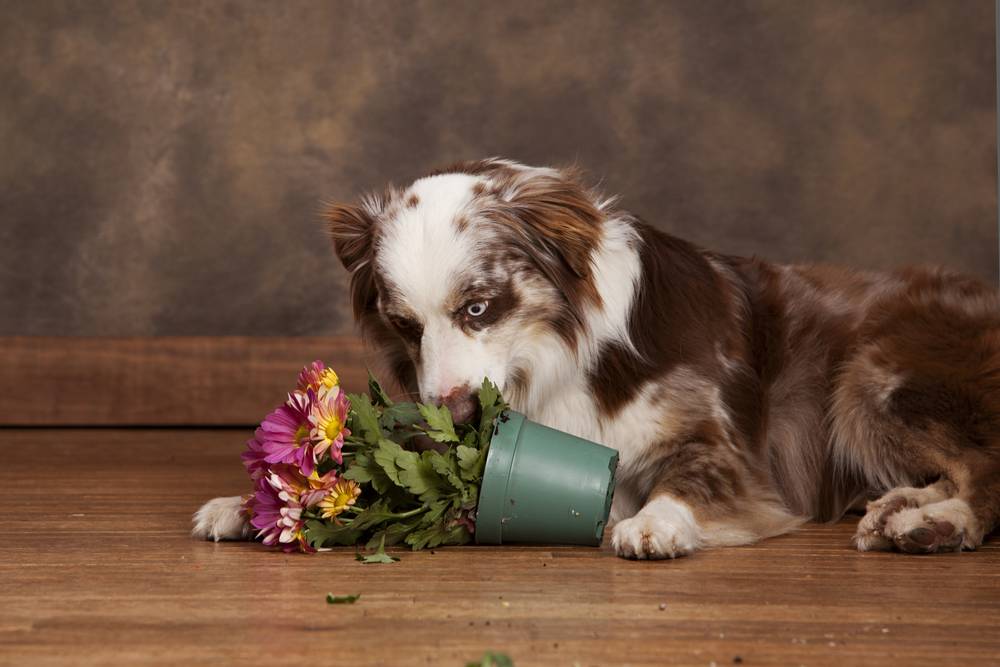
The list of plants dangerous to dogs is quite extensive. This is due to the fact that dogs, unlike domestic cats, are still more often on the street. And there is always a temptation to try a leaf or dig out a root. It is important to understand that not all plants give the same body reaction. Everything is very individual: small breeds will only need one leaf, while a large dog may not even notice it. But the responsible owner must know that the poison tends to accumulate in the body, so in no case should dangerous plants be allowed to be eaten.
Toxic Plants for Dogs
In order to protect your pet from this threat, you need to know which plants are dangerous, as well as what kind of body reaction they can cause:
- All milkweed, including poinsettia, contain milky juice – a product of the vital activity of these plants that is dangerous for animals and humans. It causes irritation of the skin and mucous membranes.
- Aroids: dieffenbachia, philodendron, spathiphyllum, monstera, caladium also have poisonous juice. When it comes into contact with mucous membranes, it causes severe burns, pain.
- Kutrovye plants, among which oleander is of particular danger, contain strong poisons. Even a small leaf eaten can lead to cardiac arrest in small breed dogs.
- Many poisonous representatives in the family solanaceous. They can cause nausea, vomiting, and disruption of the dog’s digestive system.
- Seemingly harmless and even beneficial to humans aloe definitely not included in the list of poisonous plants. But it should also be treated with caution, since aloe leaves cause severe intestinal upset in a pet.
- Ficus can be dangerous if the dog is allergic to substances secreted from the plant sap.
If you notice the first symptoms of poisoning in a dog or find that the pet has eaten a dangerous plant, contact your veterinarian immediately.
Symptoms of poisoning in dogs
Each owner should know what signs accompany the poisoning of the animal, so that when they appear, take action as soon as possible and take the pet to the veterinary clinic. These include:
- Weakness, drowsiness, depression;
- Vomiting;
- Diarrhea;
- Profuse salivation;
- Convulsions;
- Rapid breathing.
To keep your plants healthy and your dog healthy, wean your dog from eating leaves, bark, and twigs.
How to wean a dog from eating plants?
- Keep houseplants out of your pet’s reach or restrict access to garden flowers and trees
- Every time you notice that the dog is chewing on leaves, scold the pet. This is only necessary if you caught the animal at the time of the “crime”. You can’t yell at a dog or beat it, you can only shame it by explaining that you can’t do this.
- Keep an eye on your dog’s diet to make sure it contains enough vitamins and minerals, and the dog should also have constant access to drinking water. If the behavior is affected by a lack of vitamins, the veterinarian will prescribe a course of appropriate drugs.
The bad habits of a dog sometimes give its owner a lot of trouble: broken pots, mountains of earth and dug up beds are just a small part of them. Some plants, indeed, can cause irreparable harm to the health of the pet. That is why it is so important to monitor the behavior of the dog and, if possible, eradicate addictions as early as puppyhood.
The article is not a call to action!
For a more detailed study of the problem, we recommend contacting a specialist.
Ask the vet
12 September 2017
Updated: October 5, 2018



